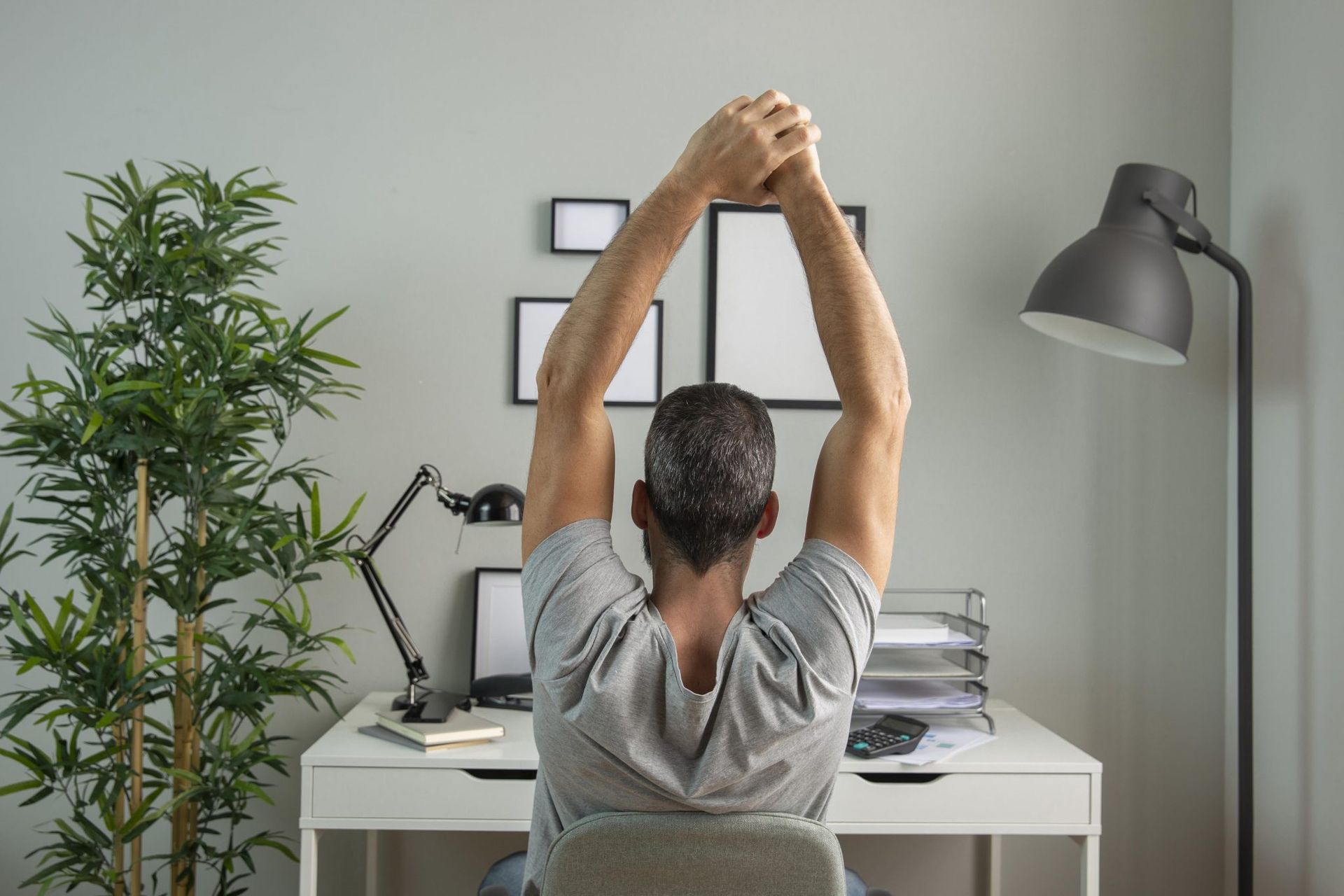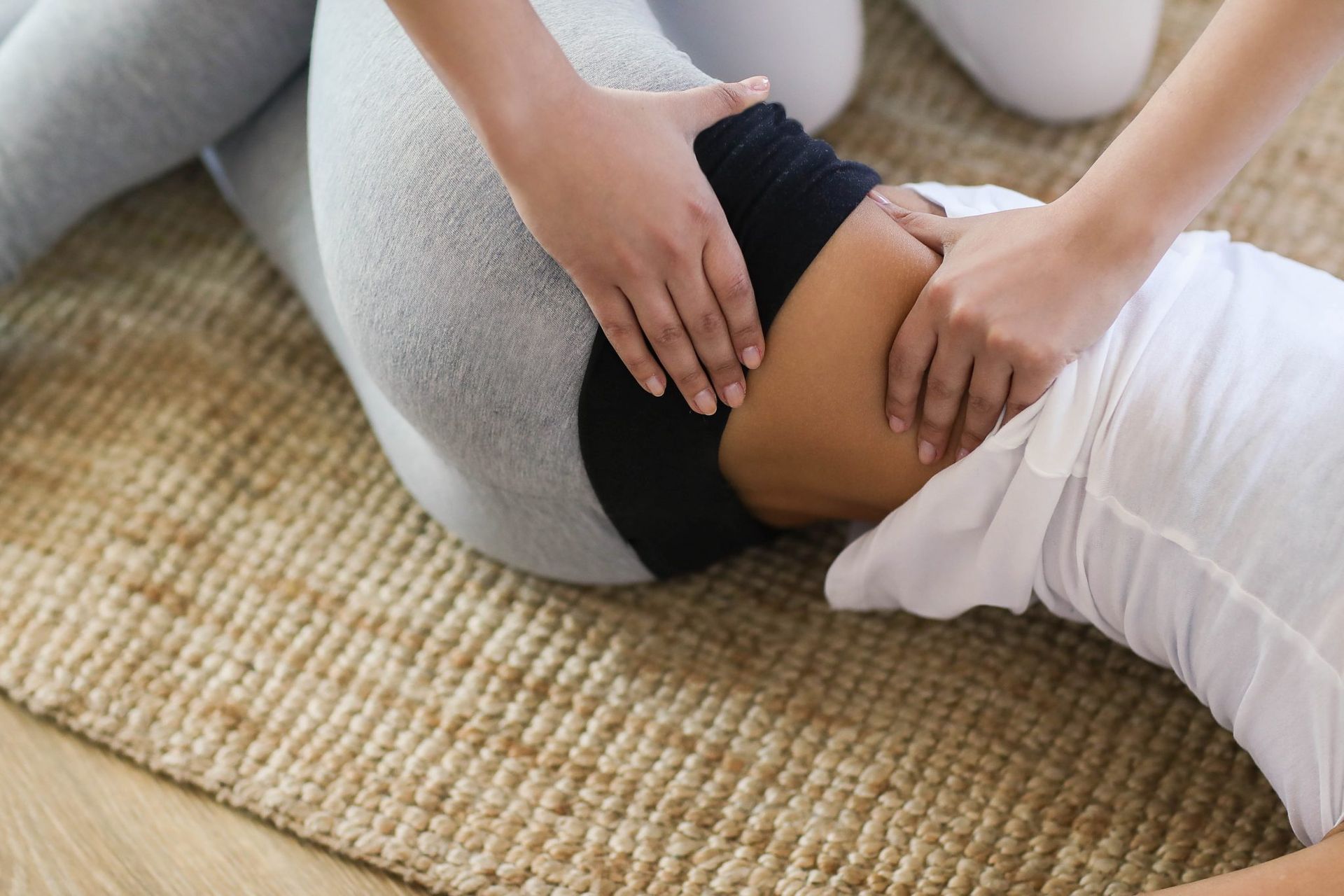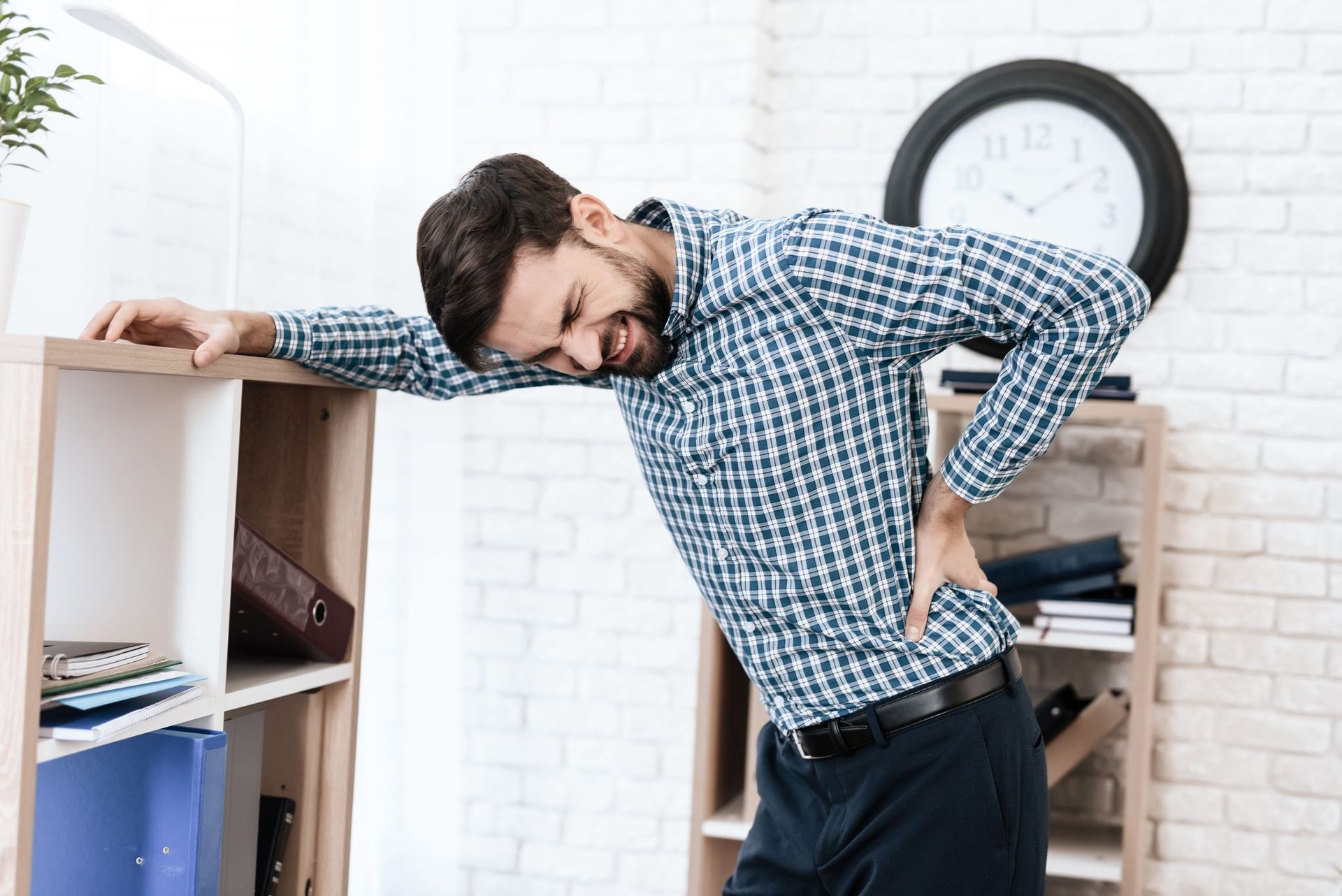Preventing Back Pain While Driving
People who commute to work by car or spend a fair amount of time on the road each day commonly experience pain while driving. This is a fairly typical complaint regardless of if you regularly suffer from back pain or not.
A road trip can mean different things to different people, but when you have back pain, it may mean a difficult and uncomfortable time could be in store for you. Sitting in the car in a static position for long periods of time can trigger back pain.
If you’re a passenger, you may be able to make yourself comfortable, shift around from time to time or even take medications needed for back pain relief. But if you’re the driver, you don’t necessarily have that option. Here are some tips that just may make your journey a bit more comfortable.
Why Driving Can Be Different Then Simply Sitting:
When your car isn’t moving, then sitting in a driving seat probably isn’t much different to sitting in a padded chair. This changes however once the vehicle is in motion at that point the body is subject to different forces: to accelerations and decelerations, to lateral swaying from side to side, and to whole-body up and down vibrations.
When driving the feet are actively being used, whether on the gas pedal, the break or even the clutch. When the feet are active they cannot be utilized for supporting and stabilizing the lower body as normally happens when they are placed on the floor during normal sitting in a chair.
Tips For Preventing Back Pain While Driving
- Become as comfortable as possible from the start. Take a few moments to get as comfortable as possible when you first get in the car. The slightest irritation can end up causing major back discomfort and pain after a long drive.
- Remove things from your pockets. Take your wallet out of your back pocket before you get in the car. A wallet, cell phone or any other miscellaneous things in your pocket immediately places your back out of alignment when you sit on them.
- Proper seat adjustment. Tilt your seat to make sure that the bottom of your thighs are evenly supported. Raise or lower the seat so that you have a clear view out the windshield. Adjust the back of the seat so that your shoulders are behind your hips, but not by too much, aim for an angle of approximately 110 degrees. Adjust your legs so they are easily able to reach the pedals without bending significantly. It is helpful to get as close to the steering wheel as you can without becoming uncomfortable. This prevents you from slouching and also keeps you from straining to reach the pedals. When your seat is too far back, you must bend your back to reach the wheel and the controls, straining your back.
- Take hot or cold packs with you. A cold pack could simply be an ice pack wrapped in a towel, or you could buy an instant ice pack from your local pharmacy or store which can be kept in the car in a cooler until you need them. Some heat packs can be plugged into the cigarette socket in your car to provide constant heat. Alternatively, if your car has heated seats, use these to keep your muscles warm during the journey. Use them according to what helps your discomfort the most.
- Use an extra cushion or lumbar support. There is no single best option, and it may take some effort and trial and error on your part to find what works best for you.
- Properly position your mirrors. Be sure your mirrors are adjusted properly so you don’t have to move or twist to see them. Generally, it’s best if you only have to move your eyes to be able to see out of your mirrors. If you adjust your mirrors while sitting up straight, and over time begin to slouch you’ll lose vision in the mirrors, this can act as a reminder to sit up.
- Exercise as part of your wellness routine. Try to include movement into your daily routine. Moderate activities such as climbing stairs instead of using the elevator or parking the car in a more distant parking spot and walking to the store or having a routine exercise program that you follow can help immensely.
- Regular Chiropractic Care. Using Chiropractic as part of your wellness routine can be extremely beneficial. Maintainance appointments that keep your spine in optimal health can often diffuse potential back issues before they happen. Also, having a strategically planned Chiropractic appointment scheduled for after a long journey can help with back pain that you may incur from a long car ride.
The Takeaway
Back pain during or from long periods of time driving is fairly common complaint regardless of if you regularly suffer from back pain or not. For anyone who spends a fair amount of time driving each day, whether if its what you do for a living, you have a long commute to work or have a fun-filled road trip planned, there are practical steps you can take to prevent back pain and damage.
Contact us to see how we can be of assistance on your health and wellness journey and schedule with us today!
The post Preventing Back Pain While Driving appeared first on Leon Chiropractic.
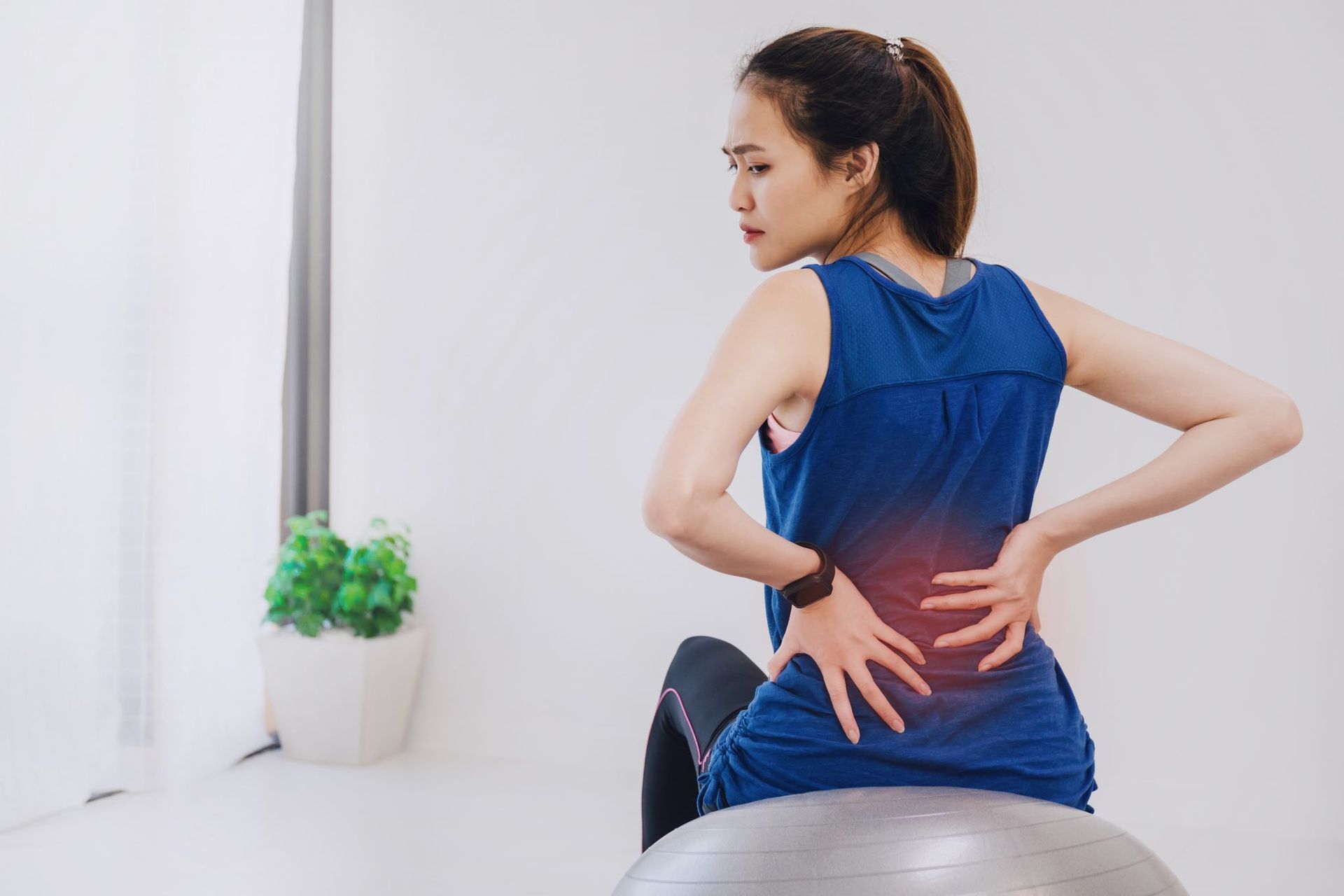
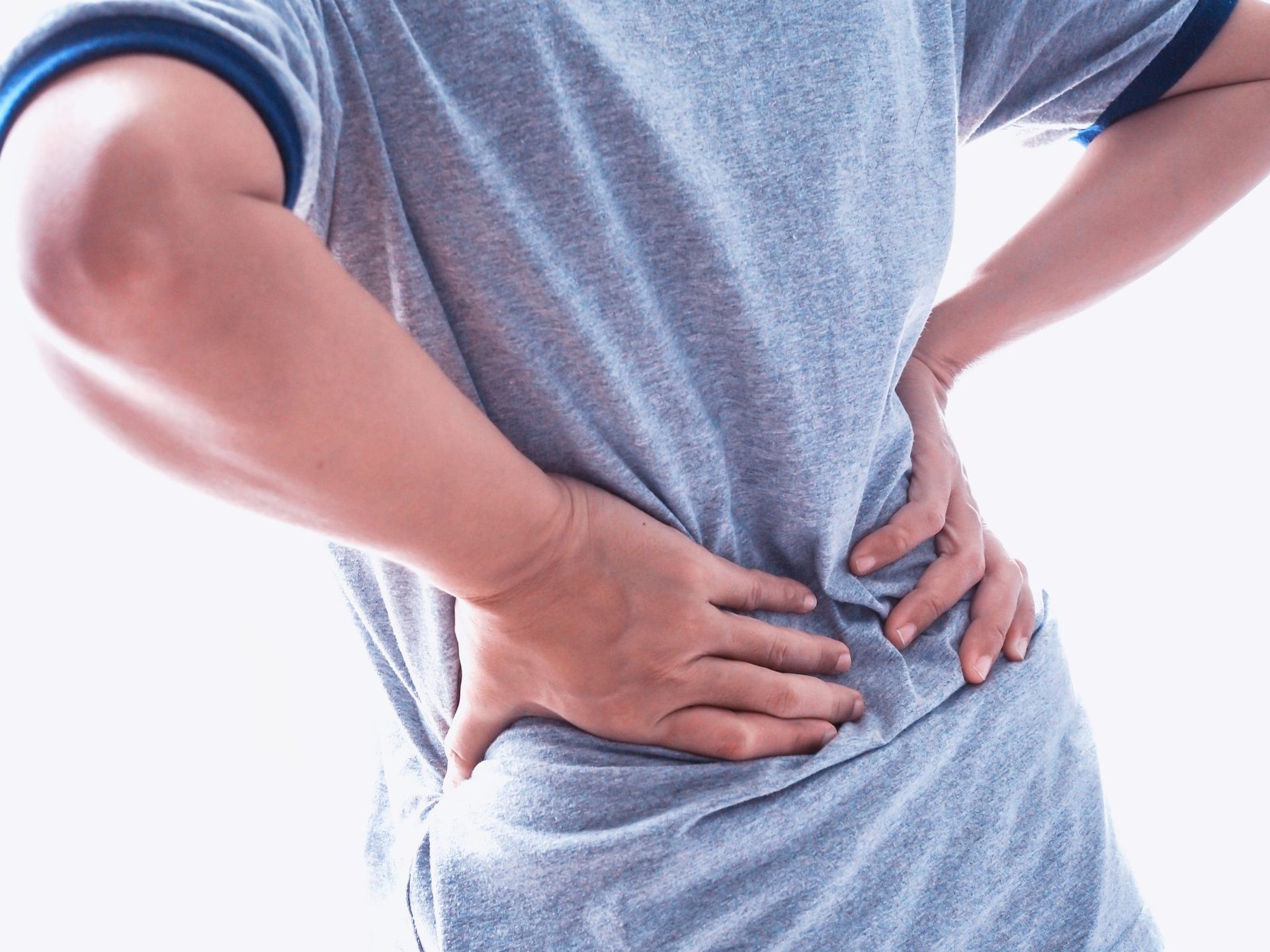

We look forward to working with you so that you can live a life of complete health and vitality.


